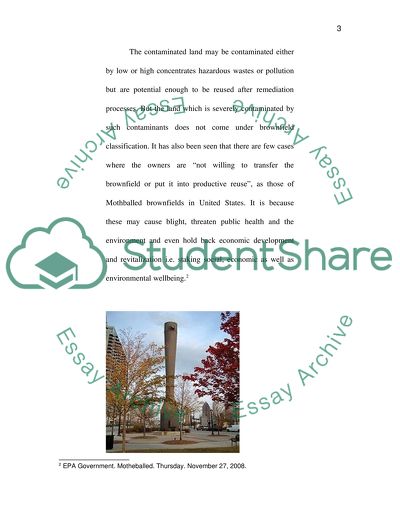Cite this document
(“Contamination and remediation Essay Example | Topics and Well Written Essays - 2500 words”, n.d.)
Contamination and remediation Essay Example | Topics and Well Written Essays - 2500 words. Retrieved from https://studentshare.org/miscellaneous/1550201-contamination-and-remediation
Contamination and remediation Essay Example | Topics and Well Written Essays - 2500 words. Retrieved from https://studentshare.org/miscellaneous/1550201-contamination-and-remediation
(Contamination and Remediation Essay Example | Topics and Well Written Essays - 2500 Words)
Contamination and Remediation Essay Example | Topics and Well Written Essays - 2500 Words. https://studentshare.org/miscellaneous/1550201-contamination-and-remediation.
Contamination and Remediation Essay Example | Topics and Well Written Essays - 2500 Words. https://studentshare.org/miscellaneous/1550201-contamination-and-remediation.
“Contamination and Remediation Essay Example | Topics and Well Written Essays - 2500 Words”, n.d. https://studentshare.org/miscellaneous/1550201-contamination-and-remediation.


